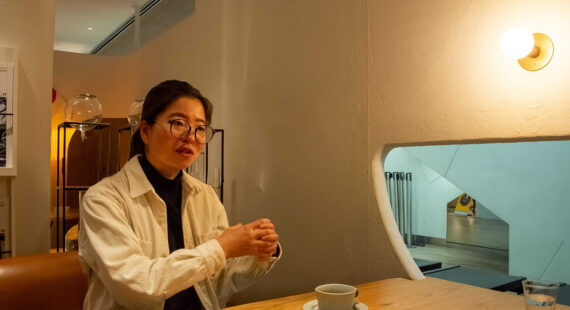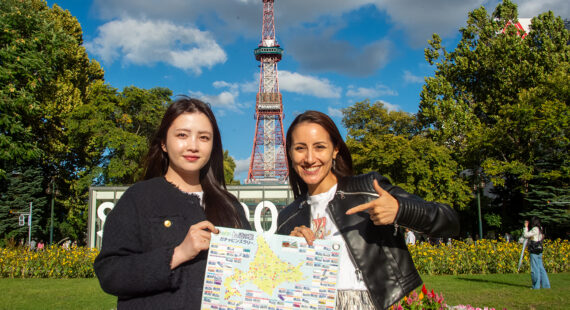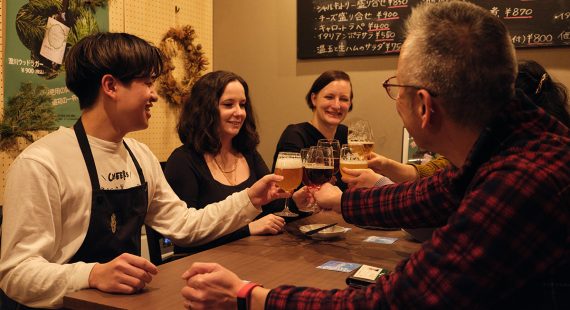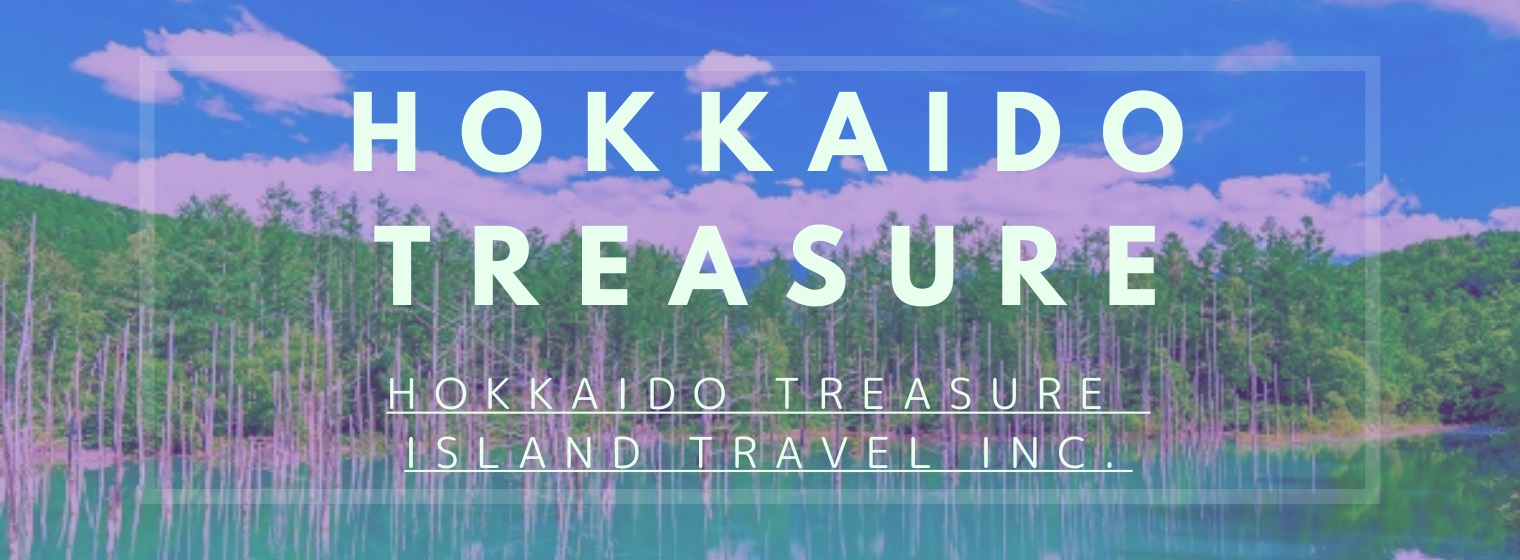
(Written by Masaaki Tanaka)
Sapporo, the capital of the north. Sapporo is one of the most popular tourist destinations in Japan as a result of the compactness of its many tourist attractions.
In my previous blog I focused on the central part of Sapporo, but this time I would like to turn my attention to the suburbs.
Table of Contents:
1. Nopporo Forest Park
a) Hokkaido Museum
b) Historical Village of Hokkaido “Kaitaku no mura”
2. Makomanai Takino Cemetery
c) Hill of the Buddha, Moai statues, and Stonehenge
d) Takino Suzuran Hillside Park and Sapporo Art Park
3. Jozankei Onsen/Hot springs
e) Sapporo AinuI Cultural Promotion Center
f) Hoheikyo Onsen
4. Moerenuma Park
5. Wineries in Sapporo
g) Hakkenzan Winery
h) Sapporo Fujino Winery, Bankei Winery and Sapporo Wine
Nopporo Forest Park
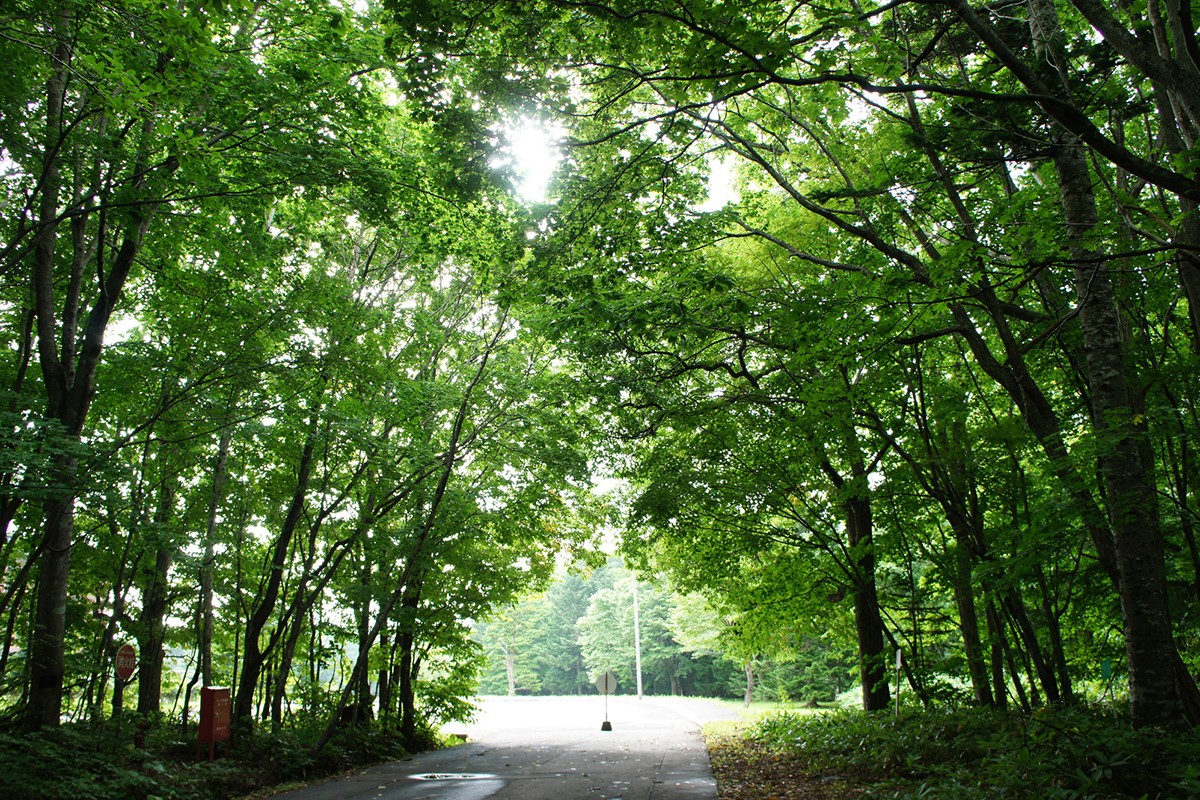
Designated as a “Hokkaido Nature Park” in 1968 to commemorate the 100th anniversary of Hokkaido, the 20.5㎢park extends over the Nopporo Hills, which straddle the three cities of Sapporo, Ebetsu, and Kitahiroshima. It is one of the few flatland forests in Japan that are located in the suburbs of a large city yet still retain a large area of forest. About 80% of the park is state-owned forest, and it is a wildlife sanctuary. The park is home to about 110 species of trees, more than 400 species of wildflowers, more than 200 species of mushrooms, more than 140 species of wild birds, and more than 1,300 species of insects, as well as Ezo squirrels and Ezo deer.
The park is equipped with walking courses of 2 to 6 km. There are 17 courses, including the Katsura Course (1.7 km), which takes visitors through a forest of Japanese katsura trees where you can enjoy beautiful yellow leaves in autumn, and the Shikibi Course (1.9 km) where you can see wildflowers such as pheasant’s eye, buttercup family and skunk cabbage in each of the four seasons. You can have a great time on these courses according to the season and your mood.
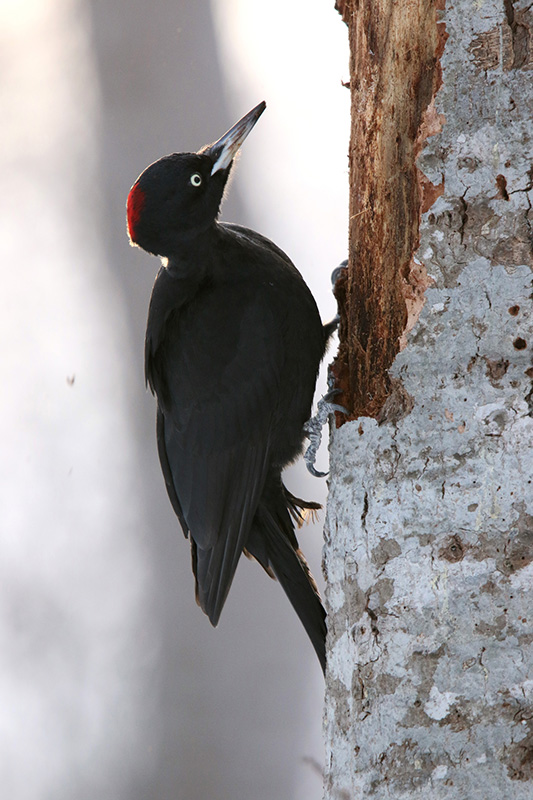
For birders, this is one of the main fields for bird watching in Sapporo.
The best time to visit is in May, when summer birds are actively singing, and the narcissus flycatchers, Japanese grosbeaks, brown-headed thrushes, Japanese tits and woodpeckers can often be seen.
There are also several ponds here, including Mizuho Pond, a reservoir completed by settlers in the 1920s to alleviate the shortage of water for the rice paddies, and it is not unusual to see mandarin ducks, little grebes, kingfishers and so on.
In winter, too, it is fun to see waxwings and bramblings, and there are many opportunities to observe owls and other species.
Hokkaido Museum
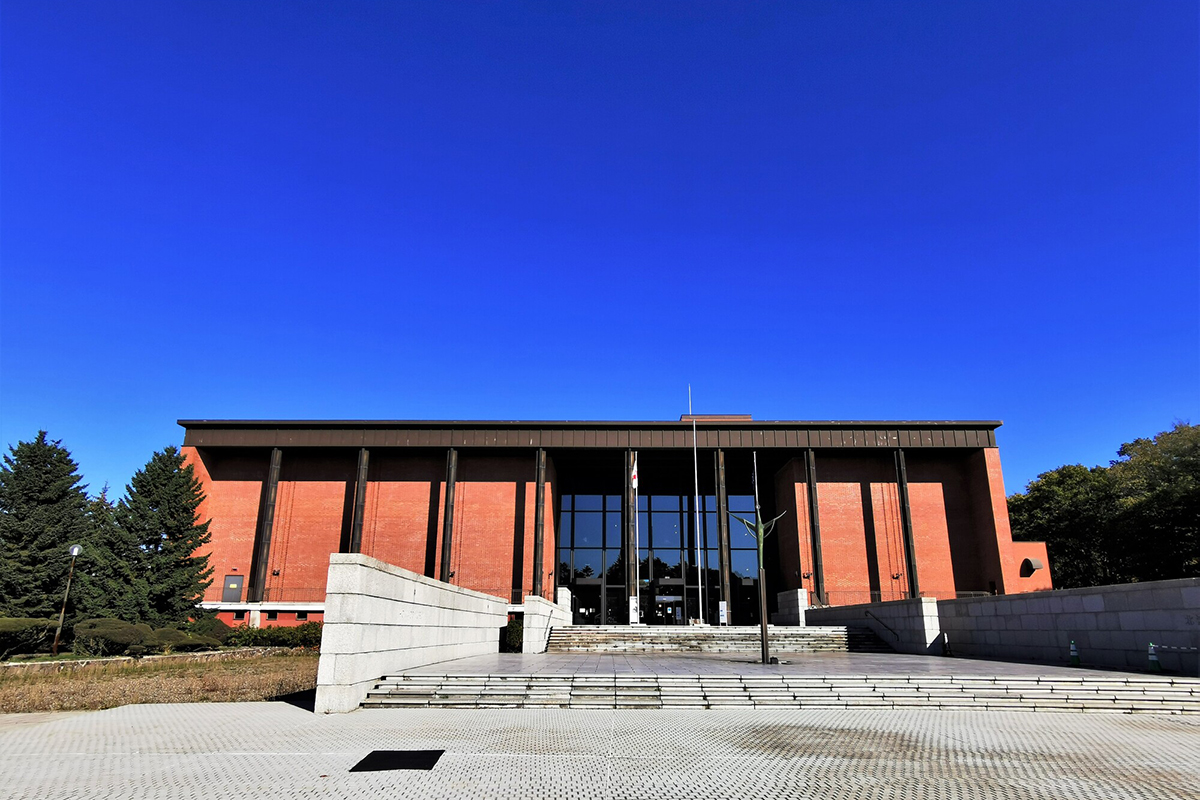
Also located in Nopporo Forest Park is the beautiful brick building, Hokkaido Museum.
Here, you can get an overview of Hokkaido’s nature, history, and culture.
The general exhibition area covers a total of 3,000 ㎡ on the first and second floors. The exhibits are carefully selected from the Hokkaido Museum’s collection of actual materials and are displayed using a variety of media, including models, dioramas, and video equipment.
To the south of Hokkaido, islands continue on to Honshu, Shikoku, Kyushu, and Okinawa. To the north, Sakhalin stretches long to the north, beyond which the Eurasian continent extends. To the east, the Kuril Islands are followed by the Kamchatka Peninsula. Hokkaido is located between these two regions and has been a crossroads for many creatures, people, and things since ancient times. Mammoth elephants came from the north and Naumann’s elephants from the south. As a prologue, stand on the picture of Hokkaido painted on the floor and you can take a look at the surroundings.
After that, we have five themes that tell the story of Hokkaido’s nature, history, and culture.
We start with the first theme, 1.2 Million Years of Hokkaido, and the second theme, The World of Ainu Culture. The Ainu are an indigenous people of Hokkaido. The word “Ainu” means “people” in the Ainu language. The Ainu people have developed a variety of cultures in Hokkaido, Sakhalin, and the Kuril Islands as the stage of their lives. When the Japanese government took over Hokkaido as part of Japan’s territory and proceeded with its development, the lifestyle and culture of the Ainu people suffered a major blow. The third theme, Secrets of Hokkaido’s Characteristics, introduces Hokkaido’s unique scenery, local products that make use of the bounty of the sea and land, and a lifestyle that keeps the rooms warm in winter.
The fourth theme is Our Time. In the past 100 years or so, our way of life, social structure, and relationship with nature have changed drastically in the wake of major wars. Let’s think together about Hokkaido as it is now and explore ideas that will help us build its future.
The fifth and final theme is Hokkaido for Living Creatures. Let’s learn about the current state of nature in Hokkaido and the connections between creatures, and think about the future of the relationship between humans and nature.
Historical Village of Hokkaido “Kaitaku no mura”
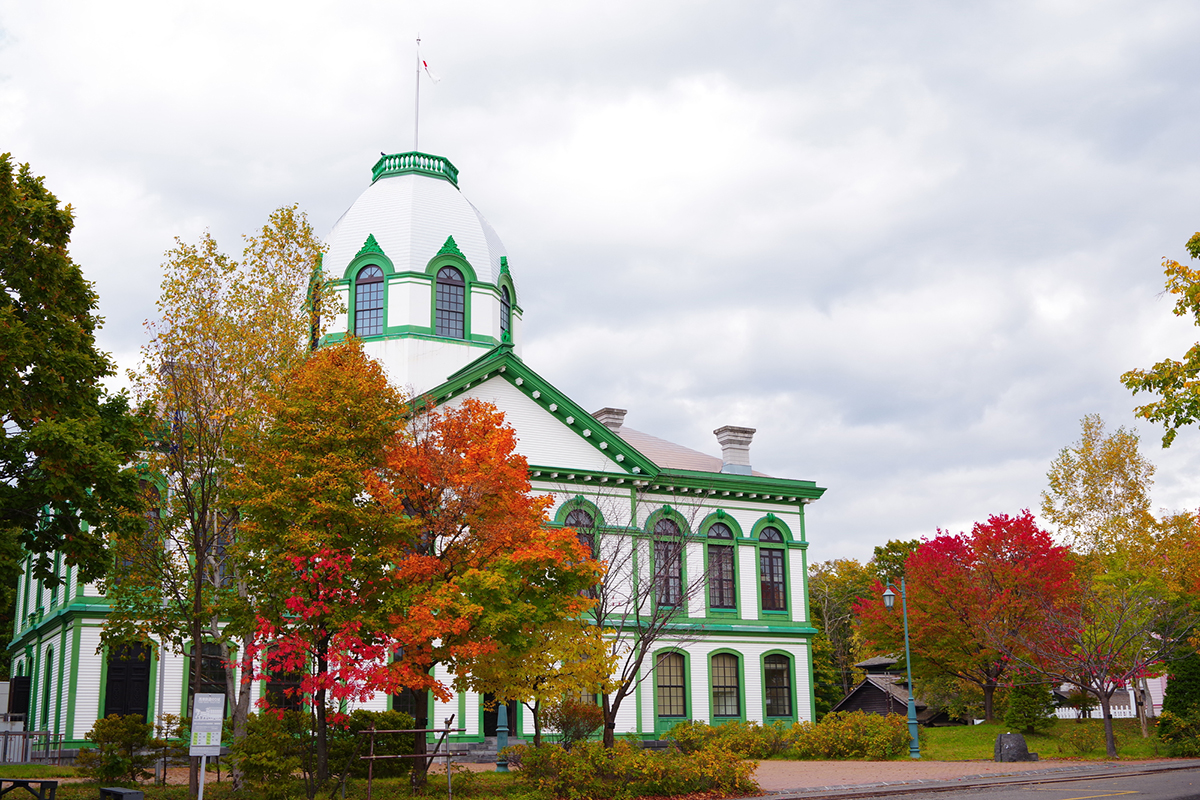
After enjoying the Hokkaido Museum, you can also visit the nearby Kaitaku no Mura, the Historic Village of Hokkaido.
This is an open-air museum that recreates the pioneer days of Hokkaido. 52 buildings from the 1860’s to 1930’s have been relocated and restored for display.
The village is divided into four areas: urban area, farming village, mountain village, and fishing village, and the scenes of those days are reproduced so that you can feel like you are in Hokkaido more than 100 years ago.
If you get hungry after walking around, take a break at the Kaitaku no Mura Restaurant. In addition to the famous Imo Mochi potato cake, the Tondenhei Set Meal with miso oden and pork miso soup is also popular.
Tondenhei were farmer-soldiers, a group established by the Japanese government to develop and guard Hokkaido, and oden is a kind of hotpot.
Makomanai Takino Cemetery
Hill of the Buddha, Moai statues, and Stonehenge

Makomanai Takino Cemetery is a park cemetery for the people of Hokkaido. Sixty percent of the entire Makomanai Takino Cemetery is a greenbelt of parks and walking paths, making the most of Takino’s rich natural environment.
The vast grounds here include the Hill of the Buddha, Moai statues, and Stonehenge, and, despite being a cemetery, it is one of the highlights of the Sapporo suburbs.
The Great Buddha Head is housed in the Great Buddha Hall designed by the famous architect Tadao Ando. It is called this because only the head appears to protrude through a hole in the center of the dome-shaped roof. The sight of the statue, which is integrated with the hills covered with fresh greenery in spring, lavender in summer, and snow in winter, is attracting tourists as a new showplace in Sapporo with an artistic appeal.
Stepping into the approach to get there, the protruding head and body of the statue can be seen in front of you, but the face is hidden by part of the Great Buddha Hall.
The water garden there is intended as a boundary, and by walking around this water garden instead of proceeding straight ahead, you will purify your mind with its water and switch your mindset from the ordinary to the extraordinary.
It is only when we are about to pass through the tunnel that we can finally see the Great Buddha’s gentle countenance.
The Great Buddha Hall was completed in 2016. The 13.5 meter tall Great Buddha was originally located outdoors, but Ando was commissioned to design the Great Buddha Hall, resulting in this unique appearance.
Rotunda Cafe & Store is located by the water garden as a place for you to take a break between visits to the Great Buddha Head. In addition to snacks and tea, original souvenirs can be purchased there.
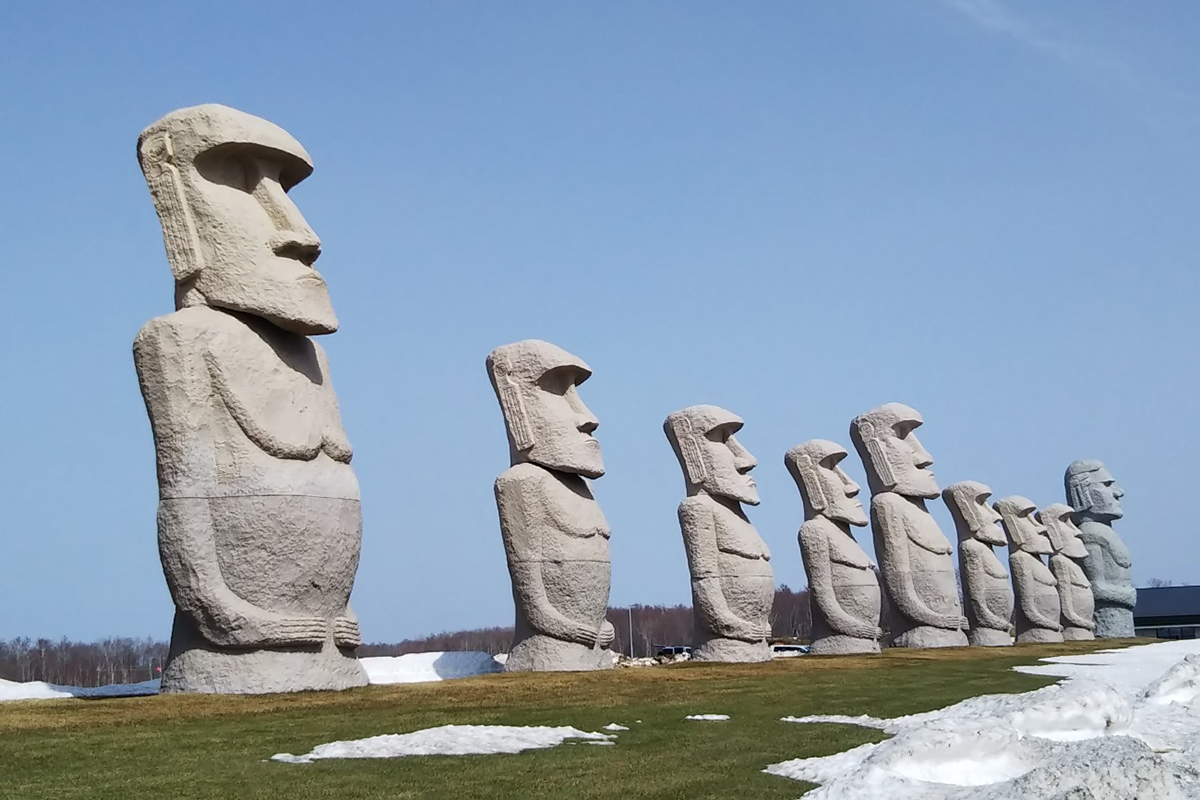
Moai are giant stone statues left by the indigenous people on Easter Island in the South Pacific. The word “Moai” means “living for the future,” and the statues were built so that proof of our lives can be handed down to future generations forever. Moai statues stand at the main entrance to welcome you to the cemetery.
Stonehenge in the UK is also a World Heritage Site and is said to have been used as a temple for priests, as an ancient astronomical observatory, and as a burial mound for a powerful family. Stonehenge here has a permanent memorial tomb attached to it so that future generations can be given hope for the future by leaving living proof of their existence in this sacred place in contact with the earth, nature, and the sky.
Takino Suzuran Hillside Park and Sapporo Art Park

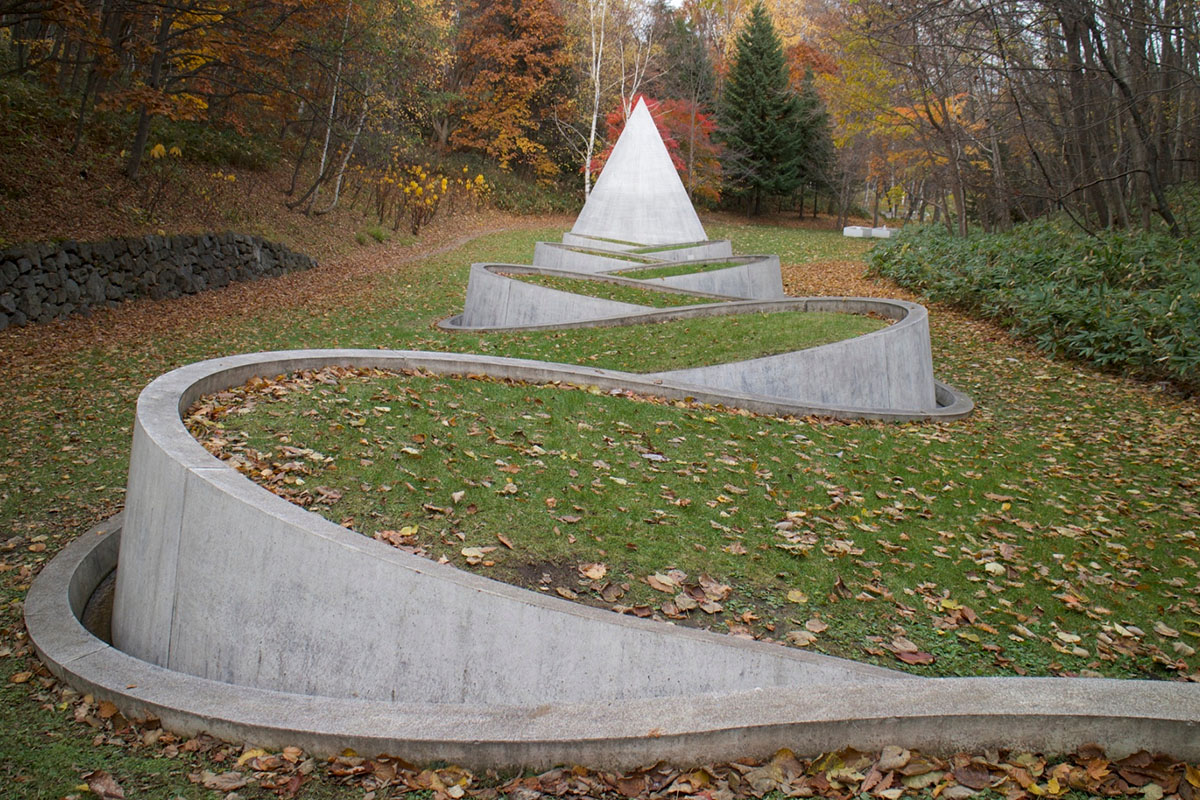
The nearby Takino Suzuran Hillside Park covers an area of about 400 hectares, where you can enjoy rich nature, including flower gardens with seasonal flowers in full bloom and a mountain stream zone where you can tour three waterfalls. In winter, you can enjoy playing in the snow to your heart’s content.
On the way from central Sapporo to the Takino area is the Sapporo Art Park.
There are numerous sculptures and artworks installed as public art in Odori Park and Soseigawa Park in the centre of Sapporo, providing many opportunities to experience art. One particular attraction here is the Sapporo Art Park, where the outdoor artworks are covered in snow in winter and the background turns white, giving them a different look from summer.
The 7.5 hectare site is home to 74 sculptures by 64 artists, including works by leading contemporary sculptors, mainly from Japan, and works donated by Sapporo’s sister cities. Many of the works were newly created for each location based on the artist’s actual visits to the area, the topography, the surrounding conditions and the climate of Sapporo.
Jozankei Onsen/Hot springs
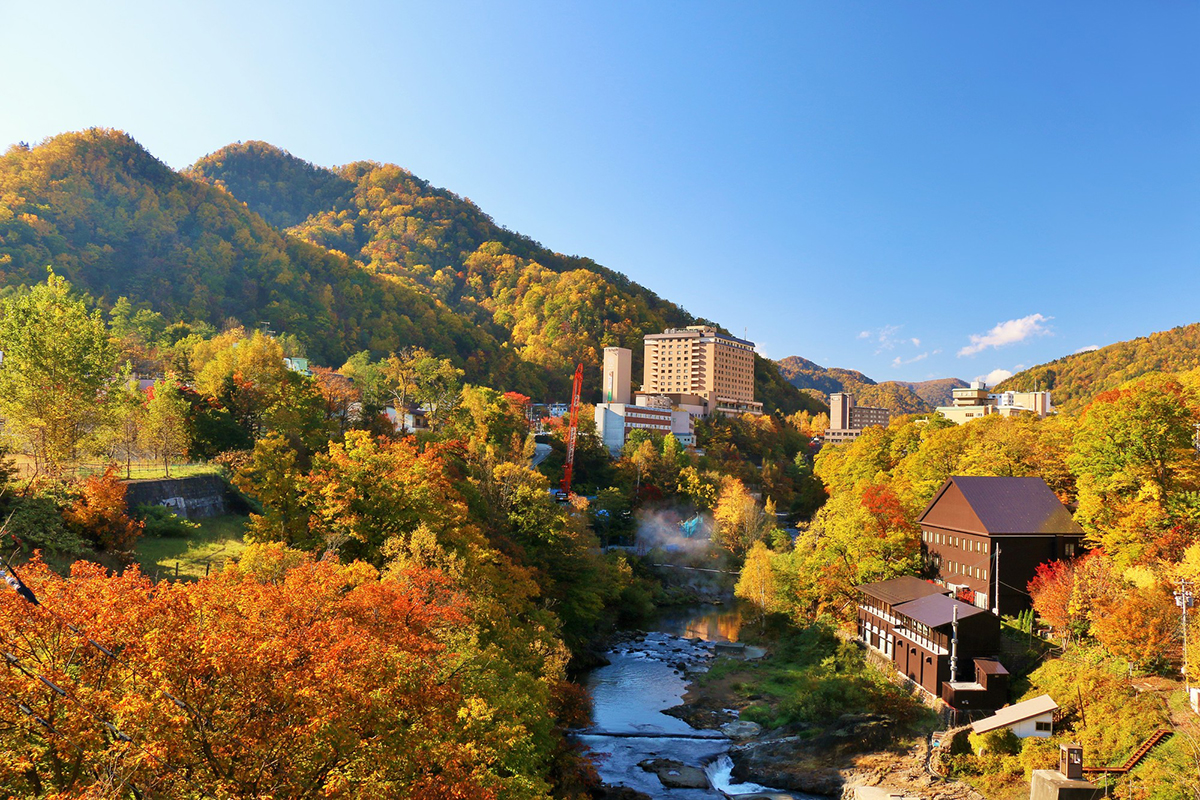
Of the more than 3,000 hot-spring resorts in Japan, Hokkaido has the largest number, with more than 250.
For example, Noboribetsu Onsen and Lake Toya Onsen are Hokkaido’s most famous hot springs, while Jozankei Onsen, located on the outskirts of Sapporo, is another hot spring with an ample supply of hot water and is well worth a visit.
Jozankei Onsen is a hot spring in the upper reaches of the Toyohira River valley, south-west of Sapporo, and has long been known to the Ainu. It was developed after the opening of the Jozankei Railway in the 1910s and became like a retreat for the people of Sapporo.
In recent years, new hotels have been built and renovated, and capacity has increased. It is also a relay point on the tourist route through the Nakayama Pass to Lake Toya.
Aside from enjoying the hot springs themselves, a walk around the area during the four seasons will be one of the most memorable parts of your trip.
You can visit places like a footbath park named Jozankei Gensen Park, Futami Park and so on.
The footbath park recreates the original landscape where the founder of Jozankei Onsen encountered hot springs.
The park is planted with a variety of trees, so you can enjoy a footbath surrounded by cherry blossoms in spring, deep green in summer and colorful leaves in autumn, and even in the cold winter, your feet alone will warm you up sufficiently in the snowy landscape.
The beautiful valley can be viewed from the Futami Suspension Bridge via a walking trail leading from Futami Park. It is especially recommended in October, when the autumn leaves are beautiful beyond description.
Further new and attractive places are Yama no Kaze Machi and Nono Terrace.
The former opened in 2022. It has a cluster of accommodation facilities, a cafeteria, a bakery and a sweet shop, as well as a footbath, making it a good place to stop off during your stroll.
The latter is also a complex of pleasant outdoor terraces and dog runs, restaurants, marché and sweet shops.
Jozankei Farm is also located near Jozankei Onsen, with an orchard garden and tree trekking. Fruit picking and fishing ponds allow you to enjoy the four seasons of Hokkaido.
Koganeyu Onsen is also located on the way from central Sapporo to Jozankei Onsen. The simple sulphur spring water gushes out of the hot spring accommodation, which is blessed with rich nature, and visitors can enjoy bathing in the open-air baths while admiring the seasonal scenery. One-day entry tickets for bathing are also available.
Sapporo AinuI Cultural Promotion Center
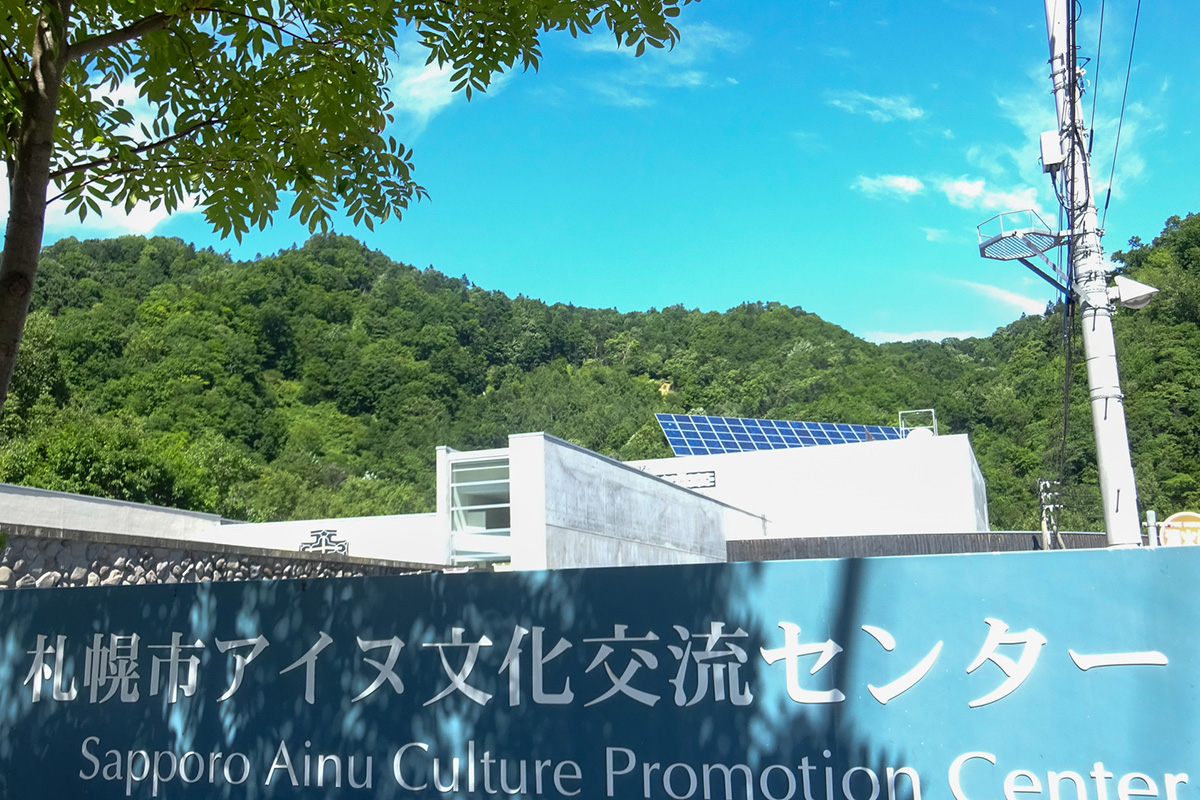
Opposite this onsen is the Sapporo Ainu Cultural Promotion Center, also known as Sapporo Pirka Kotan. “Sapporo pirka kotan” means “beautiful village of Sapporo” in the Ainu language.
The aim of this facility is to enable you to enjoy learning about and deepening your understanding of the life, history and culture of the Ainu people, who were the first inhabitants of the northern lands and nurtured a unique culture. In the exhibition room, about 300 items of traditional clothing and folk tools are on display, and you can actually hold them in your hands.
Free Ainu embroidery and woodcarving workshops are also available, and commemorative photographs can be taken wearing Ainu ethnic costumes.
Why not experience Ainu culture at Sapporo Pirka Kotan?
Hoheikyo Onsen
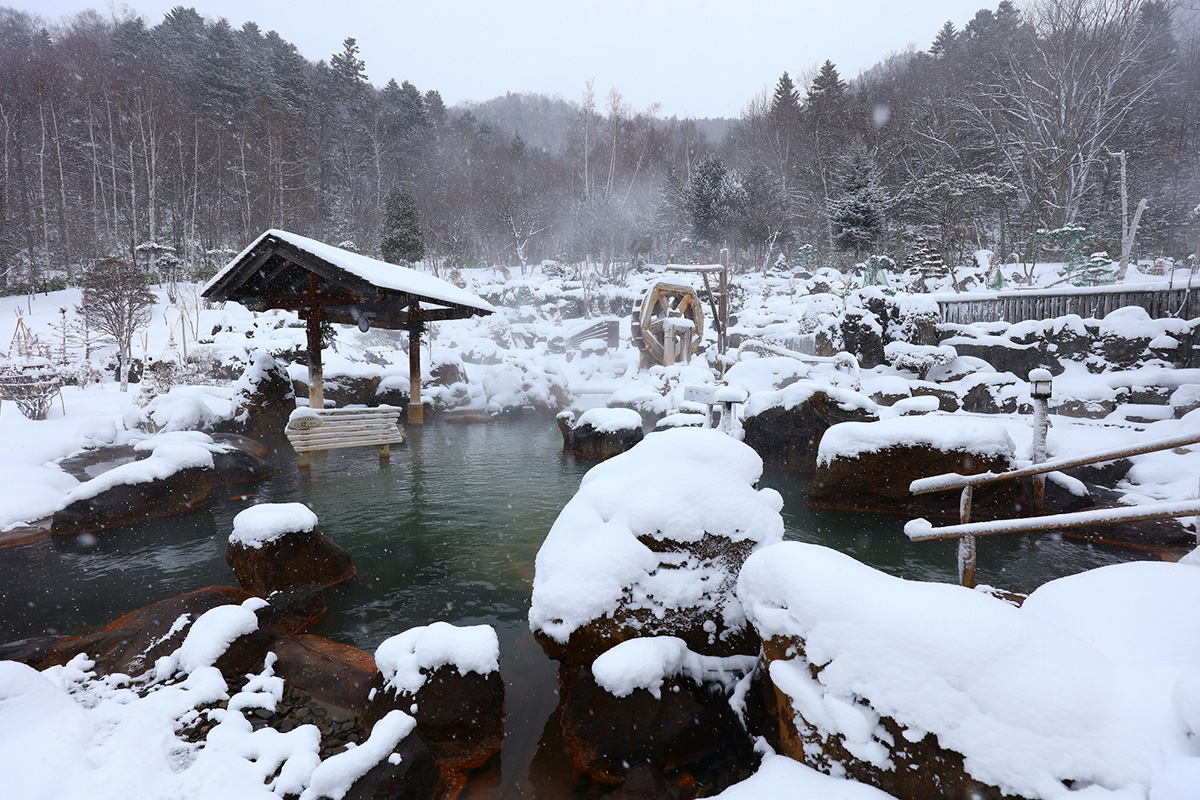
The day-trip bathing facility Hoheikyo Onsen is located further into the Jozankei Onsen district. The large open-air baths, surrounded by rich nature, are open to the public and are well known for their relaxing atmosphere.
Many visit here for the authentic tasting Indian curry as well.
Why is there curry in a hot spring facility deep in the mountains, far from the city center of Sapporo? The reason is that the president of Hoheikyo Onsen used to run an Indian curry restaurant in Susukino, Sapporo. When he closed his former restaurant, he could not bear to lay off the local staff he had hired, so he invited them to join him at the onsen, brought along the equipment and started the ONSEN Restaurant, which is how it all began.
Curry was introduced to Japan from India via the UK, and is now said to be Japan’s national dish, so it is interesting to compare different types of curry.
Incidentally, Indian people told us that the curry made by the Japanese is different from Indian curry, but they rate it as tasty.
Generally, curries prepared in Japanese households use a flour-based curry roux and are characterized by their thick consistency. Indian curries, on the other hand, do not use curry roux and, depending on the region, feature a mixture of many spices.
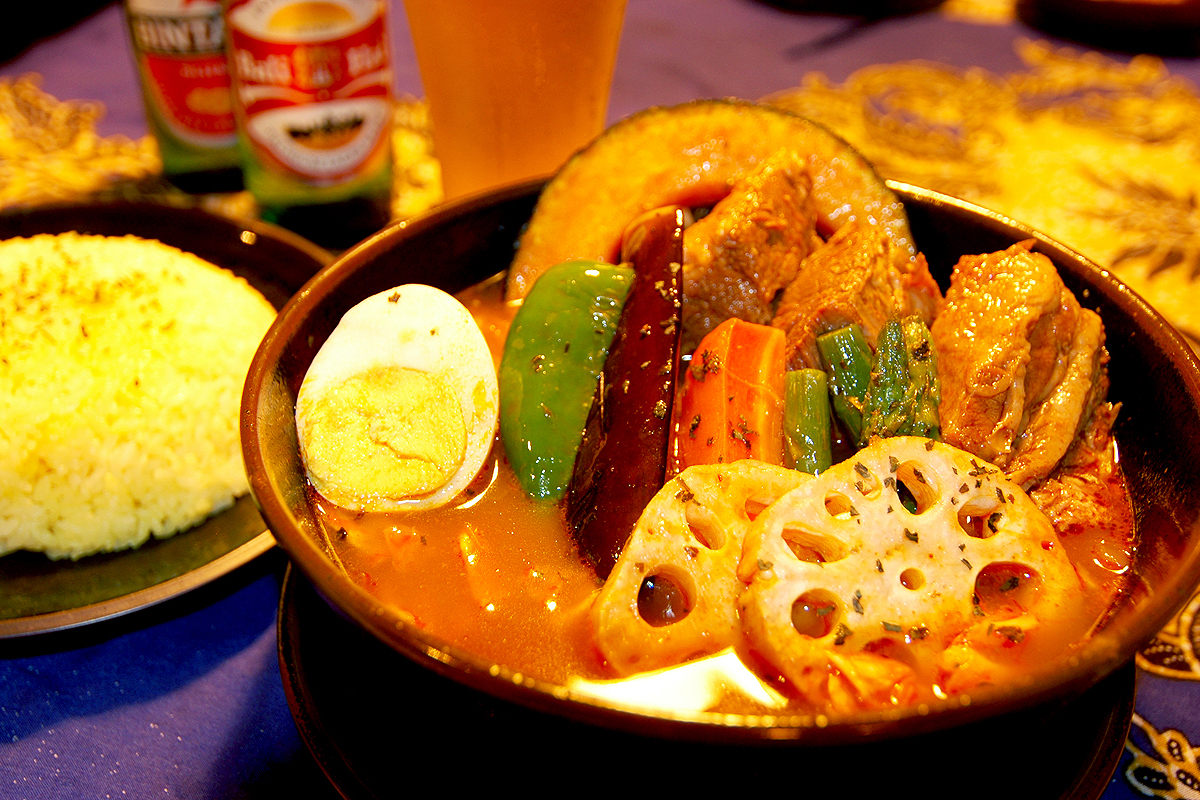
You should also try the new Sapporo soul food, soup curry, although unfortunately it is not served here. But you can enjoy it anywhere in the center of Sapporo.
Soup curry is characterized by a silky, spicy curry soup. Depending on the restaurant, you can enjoy soups made from prawns, pork bones and other ingredients, so you can compare them.
Look out for fresh, large vegetables that are unique to Hokkaido. The vegetables’ natural sweetness matches the richness of the spices, creating a unique Hokkaido taste experience. In addition to tender chicken and pork, the menu also includes seafood, which, when broken up with a spoon, adds to the flavor of the ingredients and makes them even more delicious!
The soup curry can be adjusted for spiciness and the amount of rice to your liking, and there is a wide variety of toppings, such as fried vegetables, natto fermented soy beans, boiled eggs and so on. Select ingredients that go with the menu you order.
Moerenuma Park
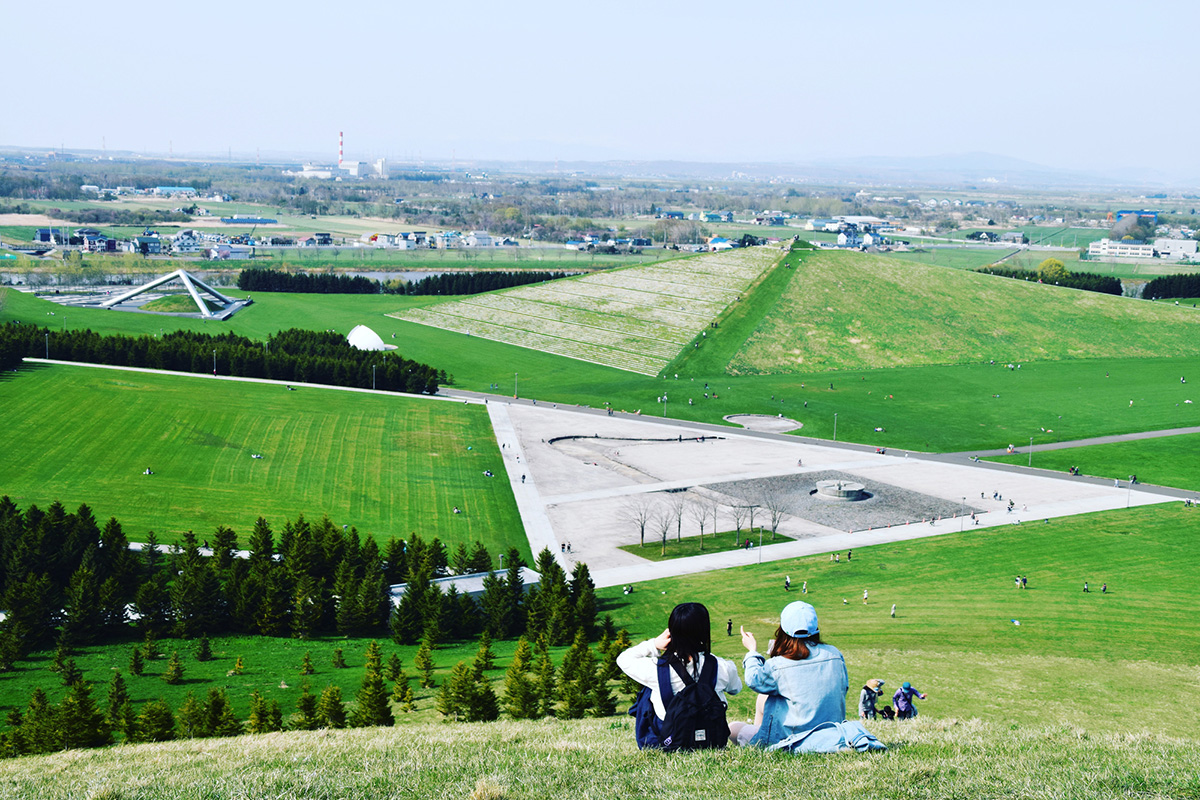
It was mentioned earlier that Sapporo is a city with artworks close at hand, and another such place I will introduce here is Moerenuma Park in the suburbs.
The basic design of Moerenuma Park was undertaken by the world-renowned sculptor Isamu Noguchi, and its development was based on the concept that the entire park should be a single work of sculpture.
On the vast site, facilities such as mountains, fountains and playgrounds with many geometric forms are arranged in an orderly fashion, allowing you to enjoy a beautiful fusion of nature and art.
When Isamu Noguchi first visited Sapporo, the inland area of Moerenuma was being used as a landfill for unburnable rubbish. Standing on the land strewn with rubbish, Isamu Noguchi said, “I use art to regenerate the land that humans have damaged. That is my job,” and expressed his wish to participate in the planning of Moerenuma Park.
Moerenuma Park, the last work of Noguchi, who died suddenly before the park was completed, is a model case that beautifully embodies Sapporo’s most important theme of ‘environment and culture’, and the creation of this park marks a proud new page in the city’s history.
Wineries in Sapporo

Hokkaido is now a major player in Japanese winemaking, with 64 wineries currently operating in the region. There are four wineries in Sapporo: Hakkenzan Winery, Sapporo Fujino Winery, Bankei Winery and Sapporo Wine.
When you come to Hokkaido, I want you to try Hokkaido wine, and especially when you come to Sapporo, I want you to taste the wines of the wineries in Sapporo. You will be able to catch a glimpse of Sapporo’s terroir.
Hakkenzan Winery

Hakkenzan Winery is located on the way from central Sapporo towards Jozankei, at the foot of the impressive Hakkenzan Mountain, where “eight swords pierce the sky.”
A walking trail and tree house have been built on the winery grounds, where you can enjoy walking in the forest, and a facility has opened where you can have meals using local agricultural and livestock products and shop for vegetables and processed products.
Sapporo Fujino Winery, Bankei Winery and Sapporo Wine
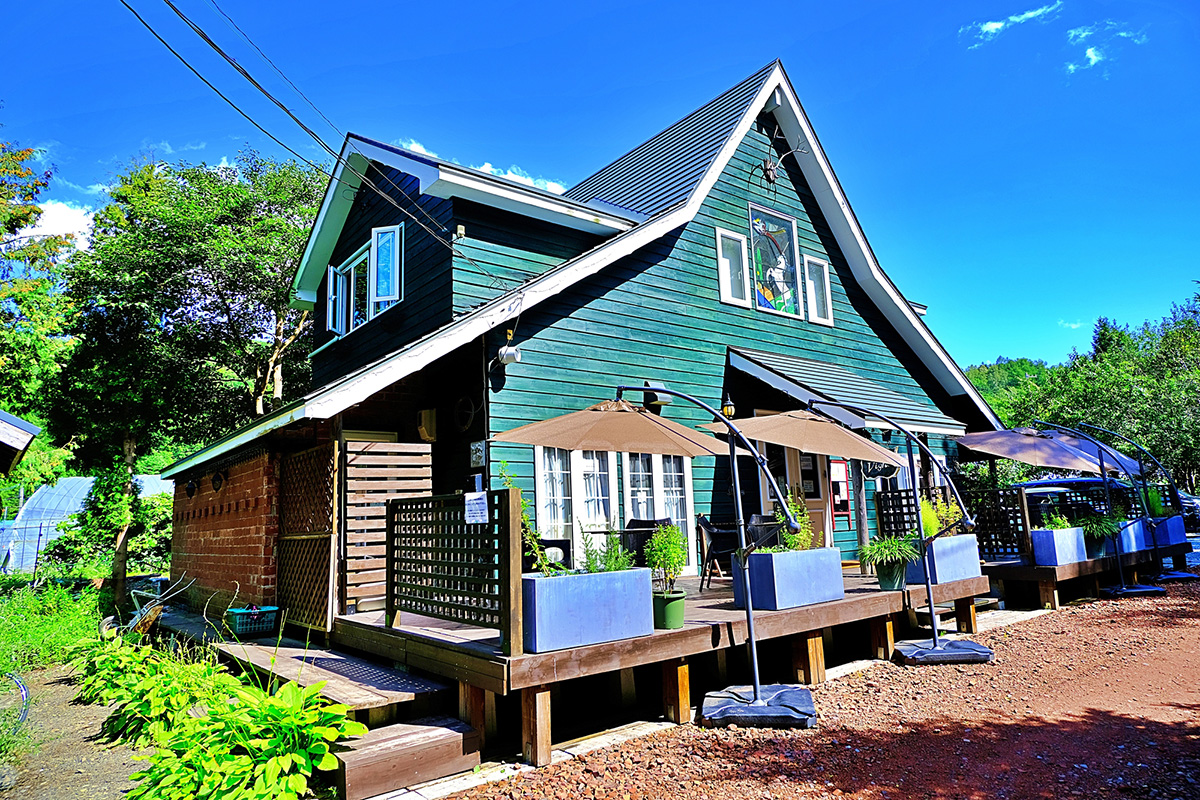
The Sapporo Fujino Winery is located near the Hakkenzan Winery. The winery is run by sisters, which is rare in Hokkaido.
The winery’s focus is on dry wines, fermented with wild yeasts, which are bottled unfiltered and with minimal antioxidants to enhance the grapes’ natural aroma.
The grounds have walking trails with seasonal flowers, plants and trees. And there are vegetable gardens and a café-restaurant attached to the winery where you can have good food and wine while enjoying the scenery.
Bankei Winery is run by a couple and was the first winery in Sapporo. The vineyard is completely pesticide-free, and fermentation is carried out without the addition of antioxidants to make the most of the fruit’s flavor.
The terrace café, open only on weekends, offers a menu of simply prepared local ingredients, and in spring, a marriage of wine and wild vegetable dishes.
Although Sapporo Wine is located closer to the city center than the suburbs, it is the newest winery in Sapporo, so let me introduce it to you here.
The grapes are grown on sandy land overlooking Ishikari Bay and vinified in the city, and all have a fresh, fruity and delicate taste. The leading brand is Sauvignon Blanc.
Anyway, travel and a change of place impart new vigor to your mind.
This time, it means visiting Hokkaido and especially Sapporo!!
